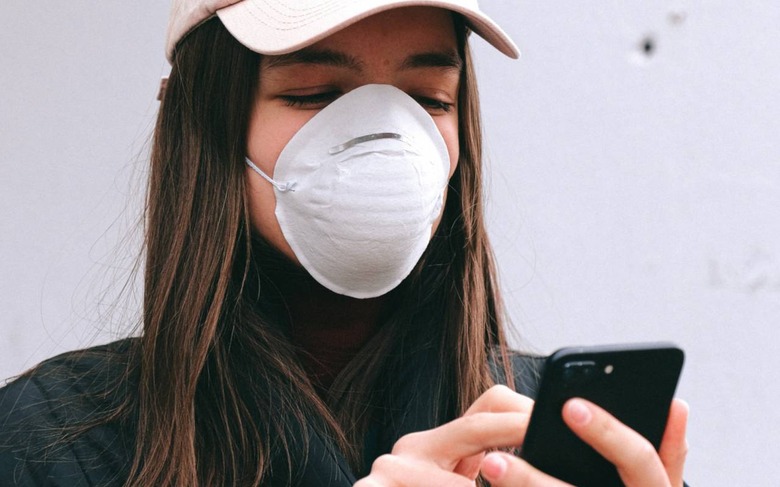The First US COVID-19 Exposure Tracing Apps Using Apple And Google's System Are Coming
Google says the first COVID-19 contact tracing apps in the US should roll out in the next few weeks, several months after the search giant partnered with Apple on a cross-platform exposure notifications system. The technology, which the two firms offered to public health authorities, allows iOS and Android devices to securely check in with each other when within close physical distance, data which can be essential for understand coronavirus spread.
The theory is straightforward. An app – designed by healthcare authorities – runs in the background on the phone, sharing a unique identifier with other phones physically nearby. That maintains a rolling log of such contacts, which can later be optionally shared if the individual is diagnosed as having contracted COVID-19.
Should that be the case, all of the people who were nearby when that person was potentially contagious can be notified, and advised to seek their own coronavirus testing. Google and Apple went through several iterations of the system, trying to strike a balance between completeness – and thus usefulness – of records with privacy concerns. Currently, public health authorities have used the ENS in 16 countries and regions, for apps available across Africa, Asia, Europe, North America and South America, Google says.
Next up will be the US, it seems. "In the United States, 20 states and territories—representing approximately 45 percent of the U.S. population—are exploring apps based on ENS," Google confirmed today. "We expect to see the first set of these apps roll out over the coming weeks."

Although different states may have their own versions of the tracing app, there's the possibility for the data to be collated more usefully. The Association of Public Health Laboratories recently confirmed that it would be offering a national key server, allowing records from all US states to be combined. That way, users would get warnings even if they crossed state lines.
The underlying Exposure Notification API has been changed somewhat since the last iteration that Google and Apple announced. For example, when an exposure is detected, there's now more flexibility for public health authorities to figure out how much risk was involved with an exposure, based on the API's technical information. There's also now interoperability between countries, and the tools for debugging have been improved.
Better Bluetooth calibration for what Google says amounts to "hundreds of devices" has been implemented, allowing them to better register other nearby phones. For users, meanwhile, the Exposure Notifications setting on Android devices has a more straightforward "on/off" toggle that can be set. If it's left switched on, users will get a periodic reminder that it's active in the background.
Come Android 11, Google says, Exposure Notification apps will be able to use the ENS without needing to have location settings switched on. That's because, even though the current version of ENS doesn't actually require device location in order to operate correctly, Android won't allow Bluetooth scanning without it. "All other apps and services will still be prohibited from performing Bluetooth scanning unless the device location setting is on," Google says.
